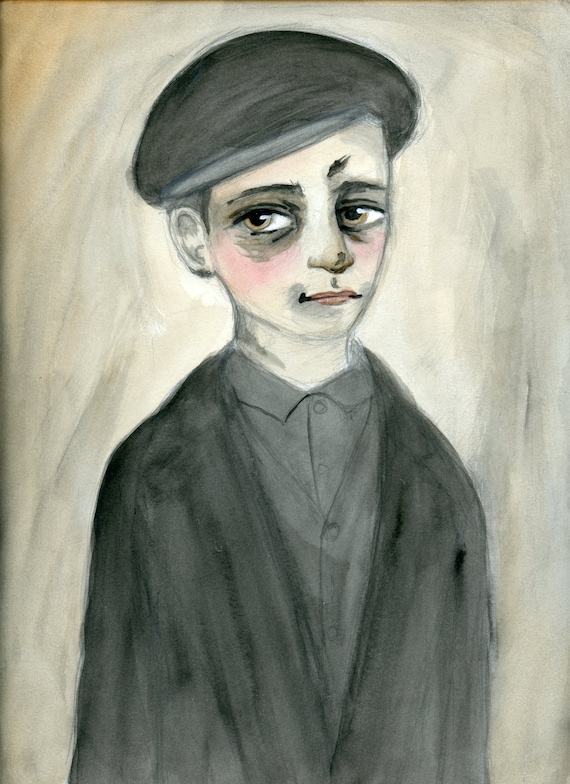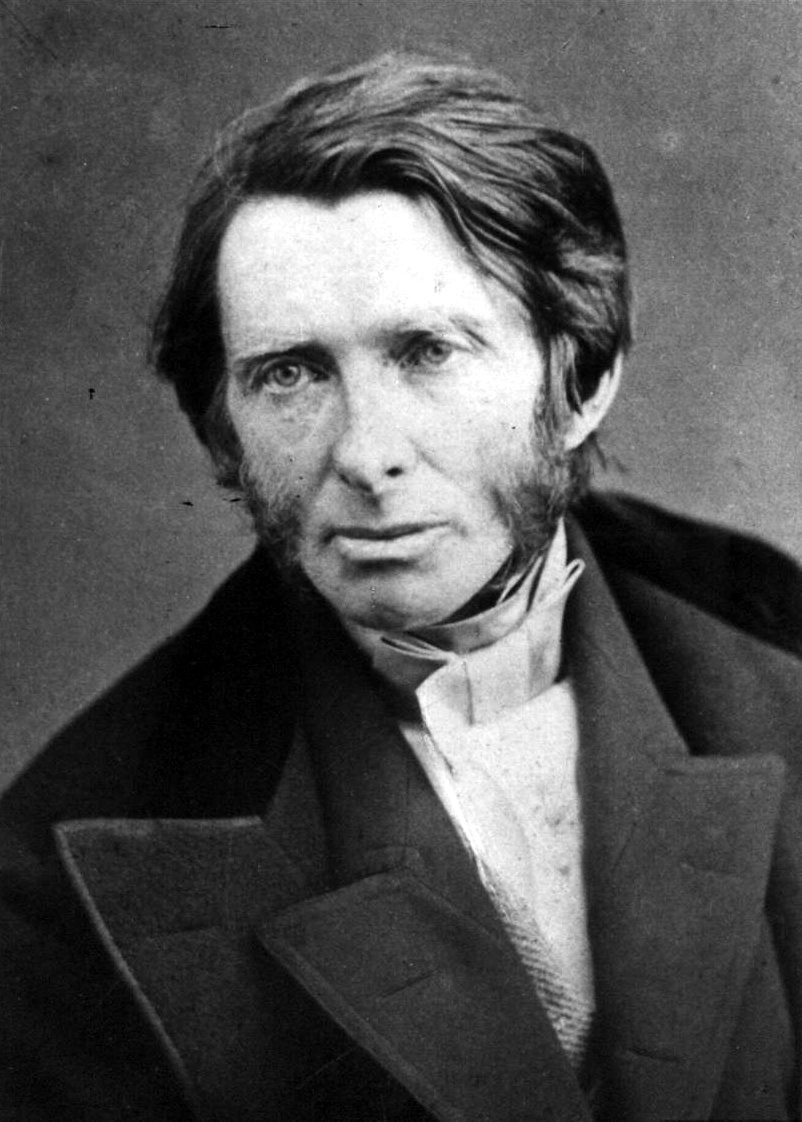Expectations on the appearance of women have been prominent throughout history. This is very true during the Victorian period. In this post, I am going to look at the make up and beauty trends throughout the period and how this has impacted today’s society.
During this period, garish and extreme make up was only really worn by prostitutes and actresses, as it was seen as unladylike and promiscuous. Queen Victoria “denounced painted faces as vulgar” (Fleming) showing how unacceptable is was to be seen in a lot of make up. However, despite it being seen as “vulgar” there were still a lot of expectations on women to appear in a certain way. Cosmetic products were expensive, so a lot of women took to making their own (I have linked recipes to products below). A lot of the recipes call for oil and even wax to be applied to the skin. Nicole James writes: “In the Victorian era, a pale complexion was a symbol of fortune because it meant that the woman was able to afford not to spend hours working outdoors. Some … used a white mineral powder on their faces to achieve this look” (James). She continues talking about how today, a tanned complexion is much preferred by many women and they extent they go to to achieve this, including endangering their own health. Despite the fact the beauty standard is completely different, the extent women go to to achieve a standard is the same. This says a lot about the predicament of women’s beauty standards. The ingredients and products used in the beauty routine of Victorian women is very daunting, Fleming notes that: “ladies of leisure would … daub castor oil onto their eyelids and lashes. To hide freckles, blotches, or redness, they could dust on rice powder, zinc oxide … On their lips they might apply a clear pomade for a shine and to provide protection from the elements, and some contained dye to discreetly accentuate the lip colour, crushed flowers and carmine (made from the female cochineal insect) being favoured” (Fleming).

Despite the opinion on cosmetics being less than favourable, the view on hair was utterly different. In the three portraits above, all women possess a minimal make up look but all have long and luxurious hair. Hair was seen as the “ a woman’s … glory” (beautifulwithbrains). Even today, a lot of women still have possess the beliefs and views about their own hair which they share with the victorians. Many women would never cut their hair as it was an ideal of femininity to have long hair. A product that Victorian women did use that still many, many women use today, is hair extensions. They used false hair to make it look fuller, this was a sign of health and showed that they were the ideal female. It is also notable that in the Victorian period, men had started wearing their hair shorter than had in the past, hence why women wanted theirs longer. The styles the hair was usually worn in is also important. The hair was usually tamed in some way: “Hair was usually pulled back in chignons and buns, and sometimes long, gentle curls were let loose at the back or at the sides of the face to emphasise it (beautifulwithbrains). In comparison to style with now, a variation of these style is still common. A chignon is still a common formal hair do showing that this has had an impact on what modern society believe is stylish. Especially in the last few years, gentle curls, which were deemed high fashion in the Victorian period, have made a come back and show how the Victorian era has timeless styles which still are popular two centuries later.
 Whereas most women in the victorian era strived for a minimalistic look, which could even convince their now husbands they had no make up on (Loepsie), there was a section of society where make up was key to how they made their livings. Prostitution was rife during the 19th century. Make up for the Victorian’s signified that the women who wore it was impure and improper, hence why actresses and prostitutes where the only ones who wore make up. Some upper class women even went as fair to fill in dark circles under the eye, thus to appear even more pale and lacking make up. In the picture showing a modern interpretation of a Victorian’s prostitutes make up, despite the pale skin, the brows are filled in, which is actually something the upper classes also did, however not to the extent that it is done in this picture. The lips and cheeks are both reddened to appear more outrageous and the eyes are lined. This look completely opposes what the majority of victorian women strived for.
Whereas most women in the victorian era strived for a minimalistic look, which could even convince their now husbands they had no make up on (Loepsie), there was a section of society where make up was key to how they made their livings. Prostitution was rife during the 19th century. Make up for the Victorian’s signified that the women who wore it was impure and improper, hence why actresses and prostitutes where the only ones who wore make up. Some upper class women even went as fair to fill in dark circles under the eye, thus to appear even more pale and lacking make up. In the picture showing a modern interpretation of a Victorian’s prostitutes make up, despite the pale skin, the brows are filled in, which is actually something the upper classes also did, however not to the extent that it is done in this picture. The lips and cheeks are both reddened to appear more outrageous and the eyes are lined. This look completely opposes what the majority of victorian women strived for.
In conclusion, the ways in which Victorian beauty and style has effected our modern day standards is immense. Often the minimal make up look is seen on catwalks and is often strived for among beauty gurus and make up artists alike. The history of cosmetics comments: “Victorian style that arose in 19th century brought the cosmetic-centric fashion that demanded that all “ladies” must present themselves as beautiful and fragile, with elaborate clothes and precisely defined facial features. For that purposes, eye shadows, lipsticks, nail polish and other products started gaining traction” (history of cosmetics). The founding of these products has lead to the wide expanse of products which many of us carry in bags every single day. So from an era were make up is seen as “vulgar”, it really is incredible that we ended up being so heavily influenced by them.
Bibliography:
Beautiful with Brains. ‘Beauty in the Victorian Era’ (2010):
Fleming, R.S. ‘Early Victorian make up; Cosmetics and Embellishments’ (2012)
Fleming, R.S. ‘Victorian Make up Recipes; Powders, lip salves, creams & other cosmetics of the 1800’s’ (2014) http://www.katetattersall.com/?p=5402
History of cosmetics. ‘Cosmetics History and Facts’. http://www.historyofcosmetics.net
James, N. ‘Society’s influence on the perception of Beauty’. Essex: University of Essex (2013) http://www.essex.ac.uk/sociology/documents/research/publications/ug_journal/vol10/2013SC111_NicoleJames_FINAL.pdf (James)
Loepsie. ‘Makeup History: 19th century (Victorian era)’. (2012): https://www.youtube.com/watch?v=3K5OWrz83aQ
Prostitutes make up look - http://www.delamaracademy.co.uk/blog/bafta-nominations/



















